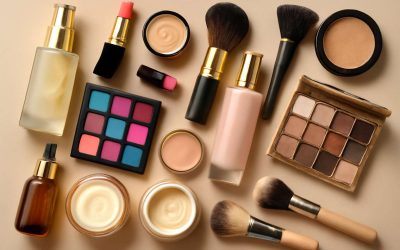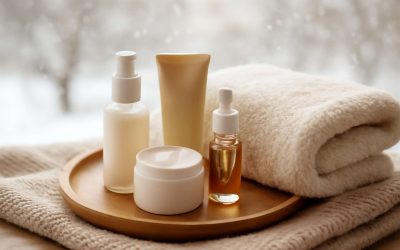The beauty industry is a multibillion-dollar business that encompasses an extensive variety of products and services. It includes cosmetics and perfume, skincare, hair care and styling, and other hygienic preparations like soap, shampoo, toothpaste and deodorant. In addition, it includes a myriad of ways that consumers interact with these products and services—from buying them in stores to using them at home or on their travels.
Throughout history, women have used makeup and other beauty products to enhance their appearance and feel empowered. The earliest beauty products, like perfumes and lipsticks, were created from natural ingredients such as fruits, vegetables or flowers. Many women consider taking time to groom themselves to be an important part of their self-care. Some even find it therapeutic. The popularity of these products continues to grow today.
Many consumers are also turning to “clean” beauty products as a way to avoid some of the harmful chemicals in traditional products. Clean beauty refers to any cosmetic or skin care product that is free from preservatives, dyes and synthetic fragrances. Many of these chemicals have been linked to health problems like skin irritation and endocrine disruption.
Some of the first beauty products were developed by lone female entrepreneurs working out of their kitchens or other makeshift home laboratories. Some of these early pioneers went on to found global beauty brands, such as Elizabeth Arden, Helena Rubenstein and Estee Lauder. Today, the beauty industry is a global enterprise with companies that include cosmetics, skincare, fragrance, hair care and styling and hygienic preparations like toilet soap.
In order to be sold in the European Union, all cosmetics must comply with strict safety regulations. These include a comprehensive list of ingredients that are allowed or banned for use in cosmetics and how they can be labeled. In addition, every product must be evaluated by an expert scientific safety assessment.
The label of a cosmetic product must indicate whether it is safe to use as intended, and what precautions should be taken. The manufacturer must also provide information on the product’s potential hazards, including any risk of allergic reaction. The European Union maintains a database called CosIngEN*** that provides easy access to this information.
When comparing beauty products, it is important to look at the ingredient list on the product packaging. The ingredients are listed from highest concentration to lowest, so products with fillers and drying agents may be higher up on the list than those that are made with nourishing oils and active vitamins and minerals. When choosing beauty products, opt for organic versions whenever possible.
If you want to reduce your exposure to synthetic ingredients, consider making your own homemade body and skin care products. Co-op Market has all of the ingredients you need to create your own all-natural DIY beauty and skincare products at a cost that fits your budget. With the right ingredients, you can create effective and affordable body and skin care that will nourish your skin and leave it feeling radiant.



0 Comments